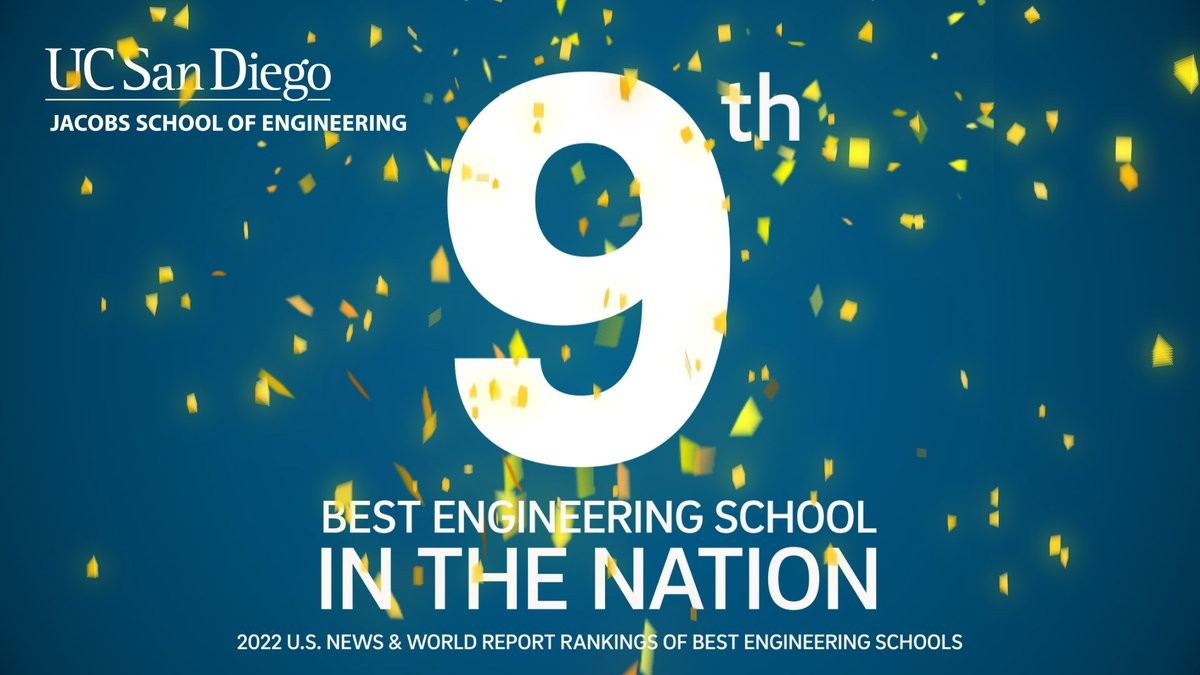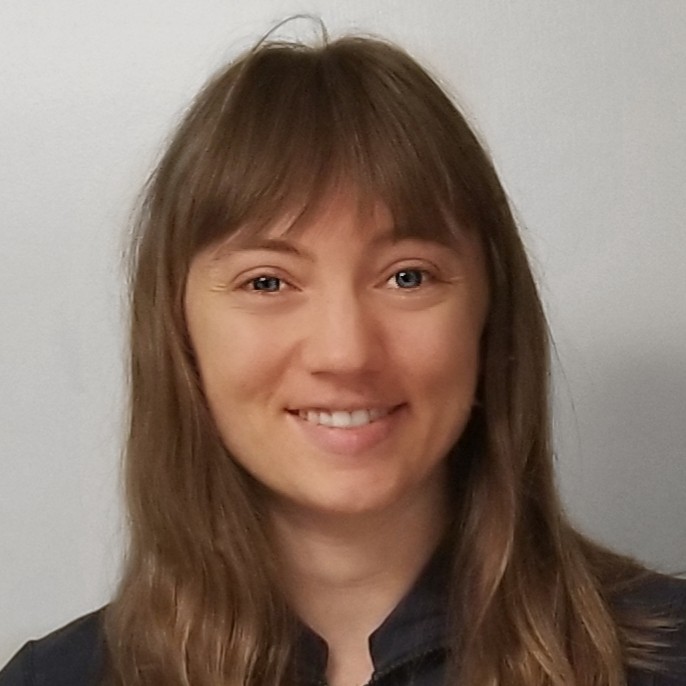News Releases
'Pop-up' electronic sensors could detect when individual heart cells misbehave
December 23, 2021
UC San Diego engineers developed a powerful new tool that directly measures the movement and speed o...
Europe's Earliest Female Infant Burial Reveals a Mesolithic Society that Honored Its Youngest Members
December 21, 2021
Researchers based at the UC San Diego Qualcomm Institute (QI) and Jacobs School of Engineering have ...
Our 2021 Research Headlines
December 20, 2021
From research into new ways to detect and preventCOVID-19, to new treatments for heart conditions an...
Jacobs School of Engineering institutional highlights 2021
December 16, 2021
As we prepare to hit the ground running in 2022, we look back at all that our students, staff, facul...
The router in your home might be intercepting some of your Internet traffic--but it may be for your own good
December 15, 2021
The router in your home might be intercepting some of your Internet traffic and sending it to a diff...
Einstein wins again
December 13, 2021
An international team of researchers, including UC San Diego electrical engineers, has conducte...
UC San Diego engineering professors inducted into National Academy of Inventors
December 7, 2021
Two professors at the UC San Diego Jacobs School of Engineering have been named 2021 fellows of the ...
This framework will improve the security of all Firefox users
December 6, 2021
Researchers from the University of California San Diego, the University of Texas at Austin, and Mozi...
Who's got your mail? Google and Microsoft, mostly
December 6, 2021
Who really sends, receives and, most importantly perhaps, stores your business’ email? Most li...
UC San Diego joins Dartmouth in industry-university collaboration to take power electronics to the next level
December 6, 2021
Smartphones that last for days on a single charge and are still thin, compact and lightweight. Elect...
The Core of Powerful, Power-Efficient Processors
December 3, 2021
The high-performance yet low-power processors running billions of today’s laptops and mobile d...
Developing Sex-specific Treatments for Heart Disease
December 2, 2021
Heart diseases progress differently in men and women, yet treatments remain strikingly similar. UC S...
Donors committed to student success bring Minerva's Cafe and Charles Lee Powell Foundation Terrace to Franklin Antonio Hall
December 2, 2021
Located on the first floor of UC San Diego’s new Franklin Antonio Hall engineering facility, M...
How the Pandemic Lockdown Impacted UC San Diego Undergrad Internet Use
November 30, 2021
University of California San Diego computer scientists recently investigated how the COVID-19 pandem...
10 Jacobs School faculty among 2021 list of most highly cited researchers in the world
November 30, 2021
Ten professors at the University of California San Diego Jacobs School of Engineering are among the ...
MONTHLY NEWSLETTER
Get the latest Jacobs School research and education highlights once a month, straight to your inbox.
Recent News

'Pop-up' electronic sensors could detect when individual heart cells misbehave
December 23, 2021
UC San Diego engineers developed a powerful new tool that directly measures the movement and speed o...

Europe's Earliest Female Infant Burial Reveals a Mesolithic Society that Honored Its Youngest Members
December 21, 2021
Researchers based at the UC San Diego Qualcomm Institute (QI) and Jacobs School of Engineering have ...

Our 2021 Research Headlines
December 20, 2021
From research into new ways to detect and preventCOVID-19, to new treatments for heart conditions an...

Jacobs School of Engineering institutional highlights 2021
December 16, 2021
As we prepare to hit the ground running in 2022, we look back at all that our students, staff, facul...

The router in your home might be intercepting some of your Internet traffic--but it may be for your own good
December 15, 2021
The router in your home might be intercepting some of your Internet traffic and sending it to a diff...
